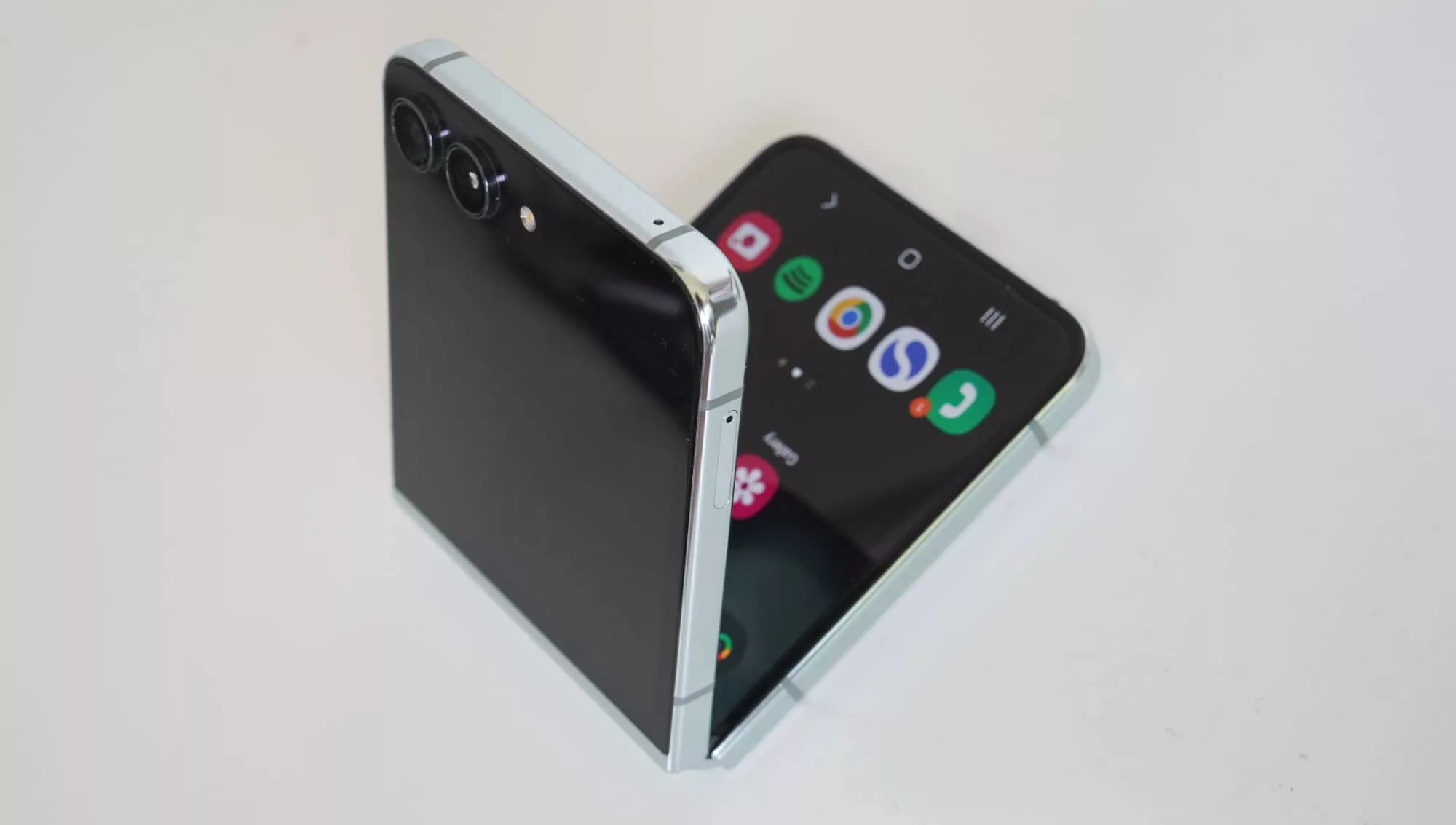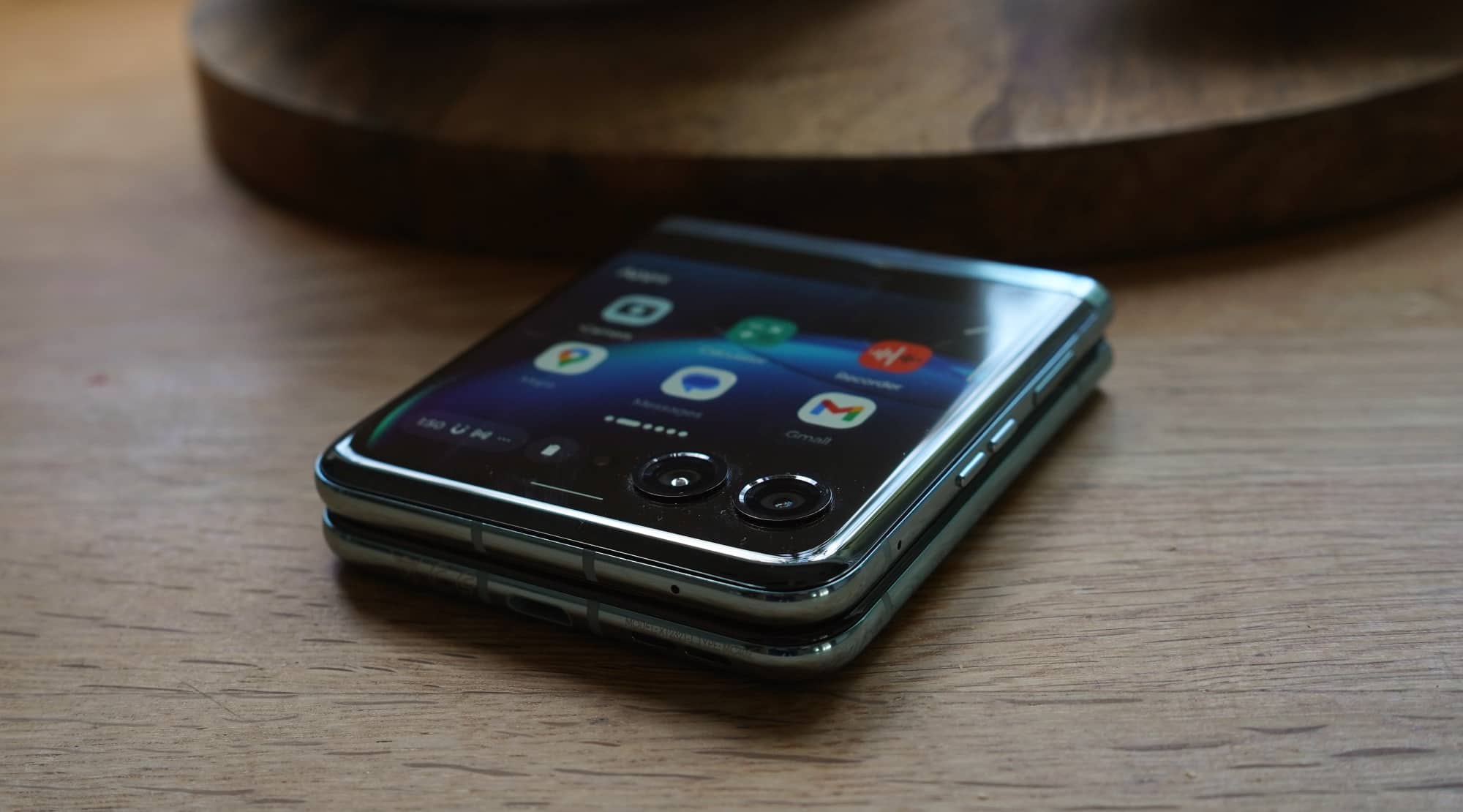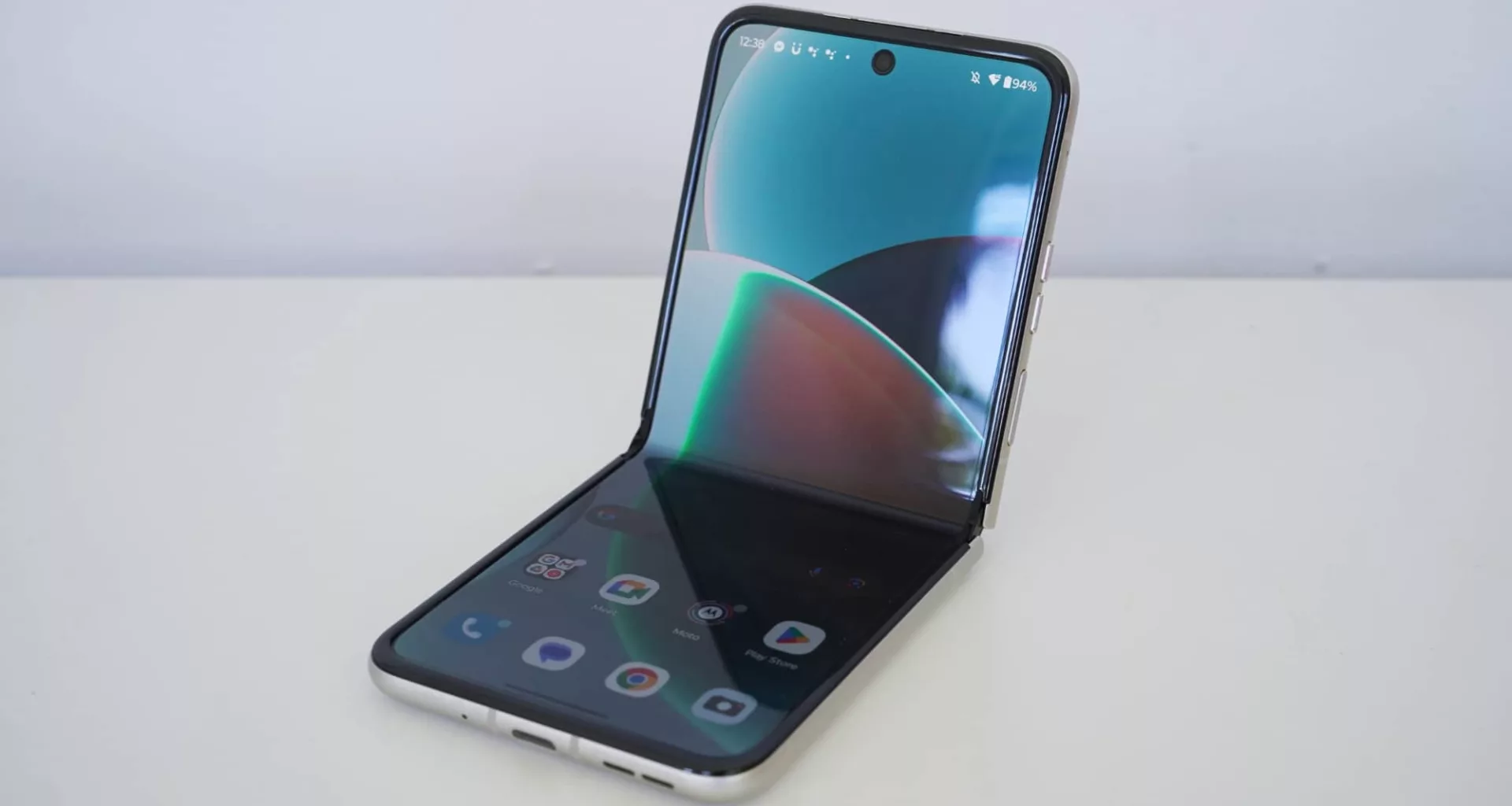A heavily discounted foldable could just set the precedent for inexpensive foldables, and we hope it’s a precedent that stays.
Phones come in a variety of price points and with a variety of technology, but typically you can rely on the idea that if a piece of technology is new, the price of that phone is going to sit on the high side.
Big camera sensors with lots of capability? Expensive. Beautiful screens with razor sharp resolution? Yep, that’ll likely be expensive, too.
And foldable phones? You can bet they’ll come with a heftier than normal cost, thanks in part to the advanced screen technology that folds.
By the middle of 2024, however, these phones had begun to drop in price. The falls were so clear that in May, you could find a recent folding phone for $499, the cost of many a mid-range mobile.

Tech trickles down
It’s hardly a surprise that foldable screen technology is beginning to fall in place — it was bound to happen, it just needed some time.
We first saw folding screens in 2018 when Samsung was developing a foldable phone as well as Huawei, with these first models based around tablets. Variations styled on the original tablet-like design can still be found today, but they’re not the only model available.
These days, foldable phones sit in two camps: the foldable shaped like a tablet that folds in half to resemble a slightly chunky modern day phone such as with the Samsung Z Fold 5, and the phone that folds in half to resemble a compact phone more like a pocket mirror or a clamshell mobile.

It’s this last category that has captured the attention of so many, possibly because the size is so damned appealing.
Pocketable phones such as the Motorola Razr 40 Ultra and the Samsung Galaxy Z Flip 5 provide much of what goes in a big phone, yet in a smaller package, thanks in part to that folding screen, which folds shut like a pocket mirror.
They’ll often forgo the telephoto lens of more premium big phones, but just about everything else is there, with two cameras, a big and fast screen, sizeable battery, and water resistance. They may even come with an external screen on the front to make using them easier without opening the phone up.

Less expensive options
Recently, Motorola has proven itself as one of the least expensive of the foldable phones, offering the Moto Razr 40 alongside its Razr 40 Ultra sibling. Model naming aside, the phones use similar designs with some sizeable feature differences, namely focused on processing power and external screens, with 2023’s Razr 40 Ultra giving customers a little more for a $500 increase on the Razr 40’s $999 asking price.
Motorola isn’t alone in wanting to produce a less expensive foldable, though. ZTE-connected Nubia has a lower-priced model in the Nubia Flip 5G (and from what we hear may have plans to launch in Australia soon), while Samsung may have an A-series take on its Z-flagship foldables in the near future, as well.
We’re largely expecting these changes to introduce foldables below $999 in 2024, possibly to the tune of $799, giving foldable phones a mid-range target.
However, in what we assume is a precursor to Motorola announcing the Razr 50 series shortly, the Razr 40 has seen a crazy price drop that could herald the arrival of lower-priced foldable phones sooner.

As of May 2024, Motorola’s Razr 40 has dropped to $499 in Australia, making it the least expensive a foldable as been yet. While it wasn’t our favourite foldable of 2023 — that honour went to the Razr 40 Ultra — the standard Razr 40 looked great and was affordable at $999. Dropping by $500 makes this phone an absolute steal, and may be the sign that foldable phones start to see their prices normalised this year.
Saying that, we doubt the $499 Razr 40 will stick around; this is more likely a sign that the Razr 50 series is on the horizon, and Moto is moving stock as quickly as possible ahead of time.
But now that foldables have hit proper mid-range models, we have to hope manufacturers keep that momentum going, and make this technology a little more commonplace with better pricing around.





